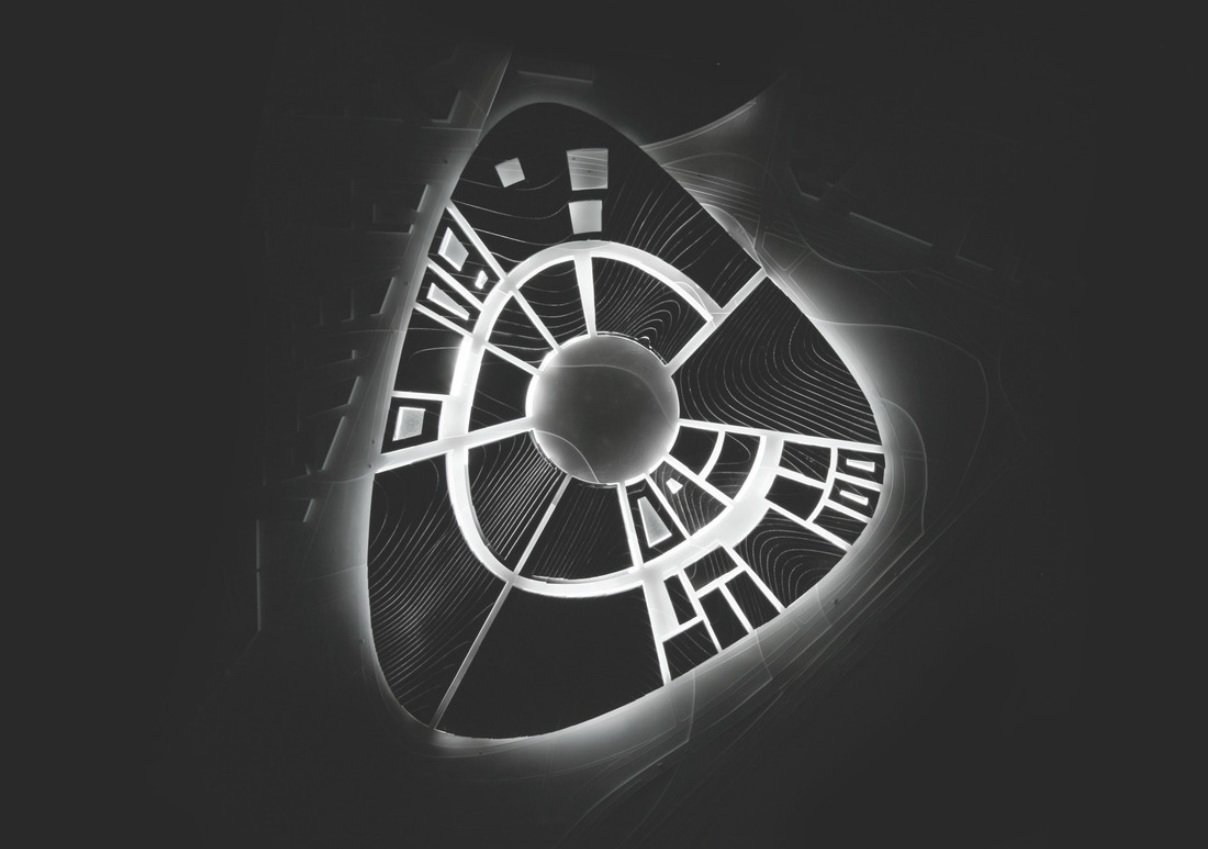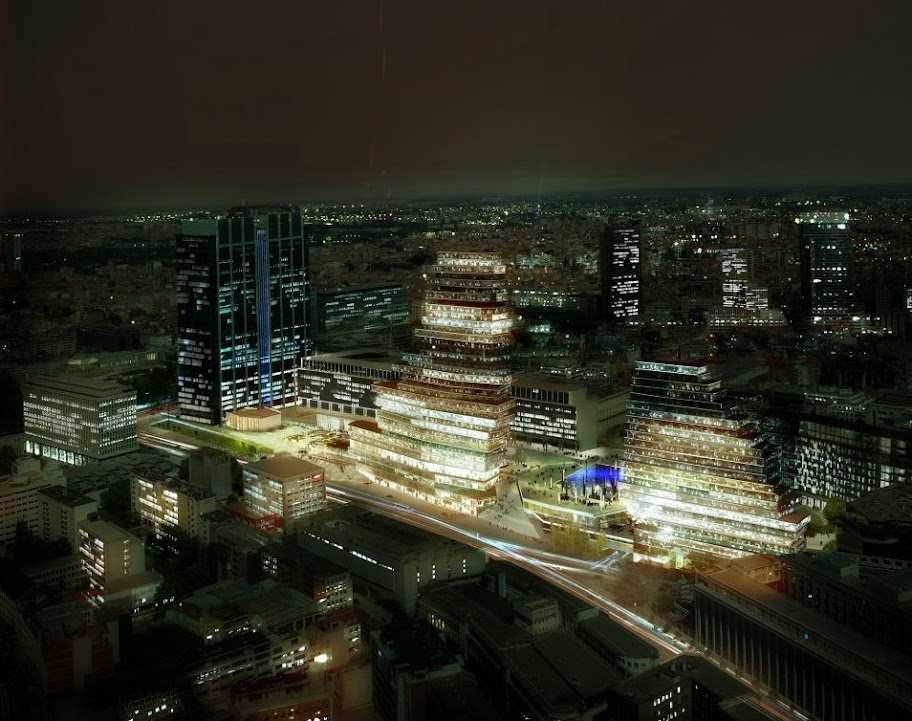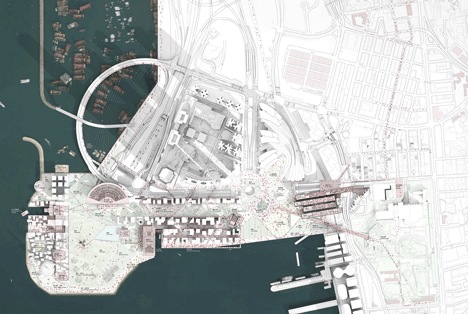The Valley City - Qatar design by MZ architects _#architecture
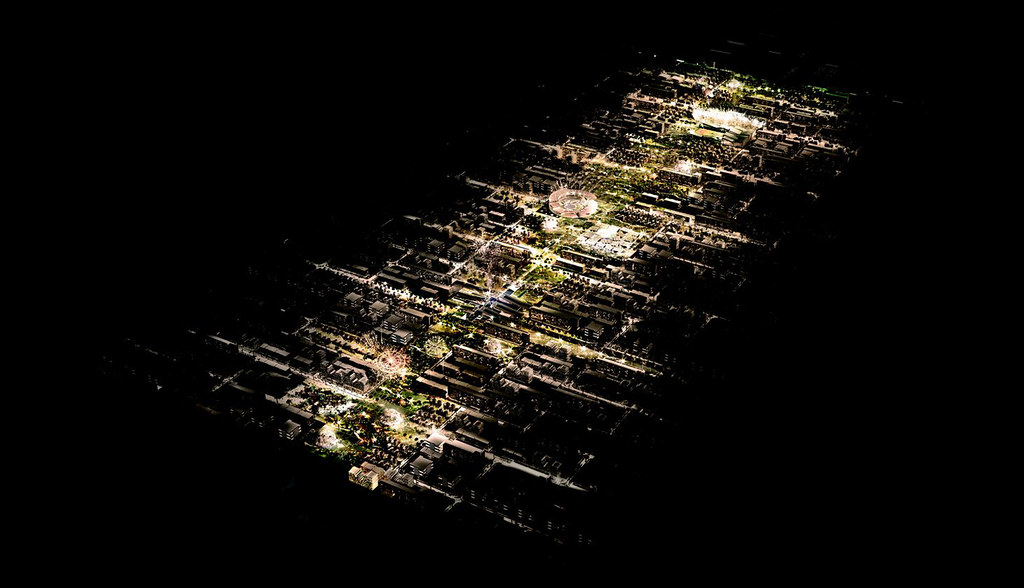
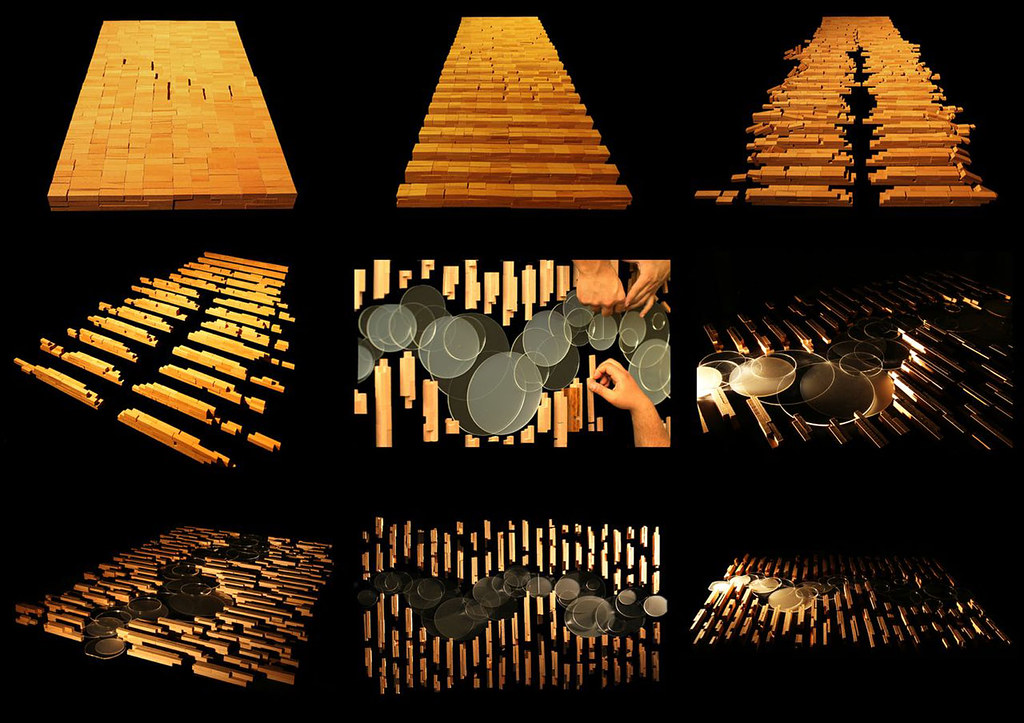
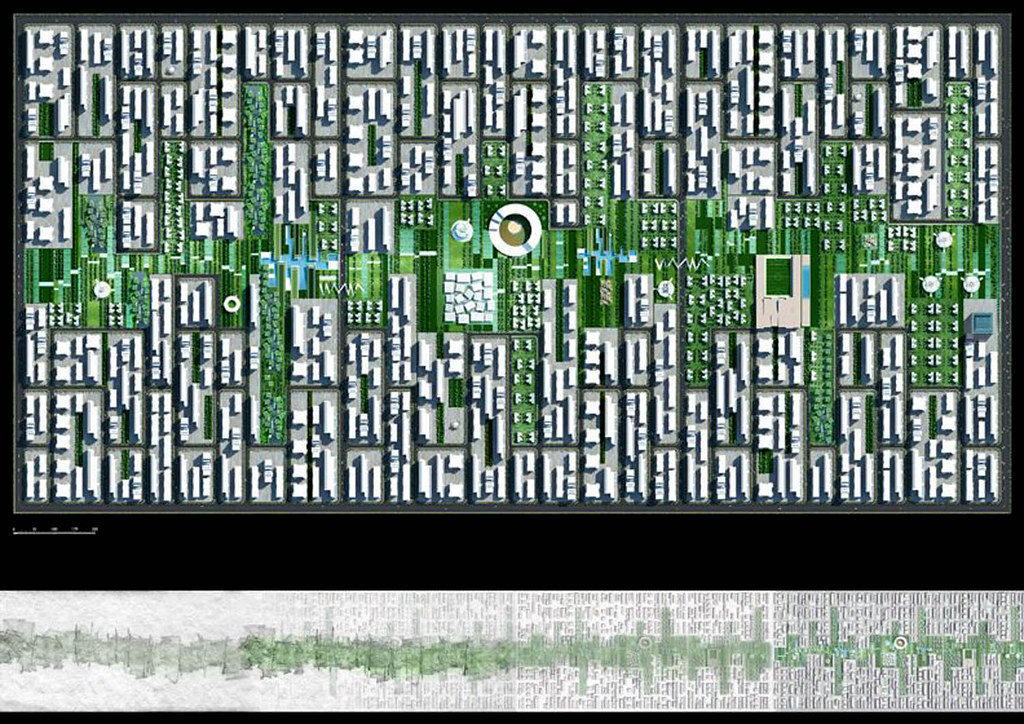
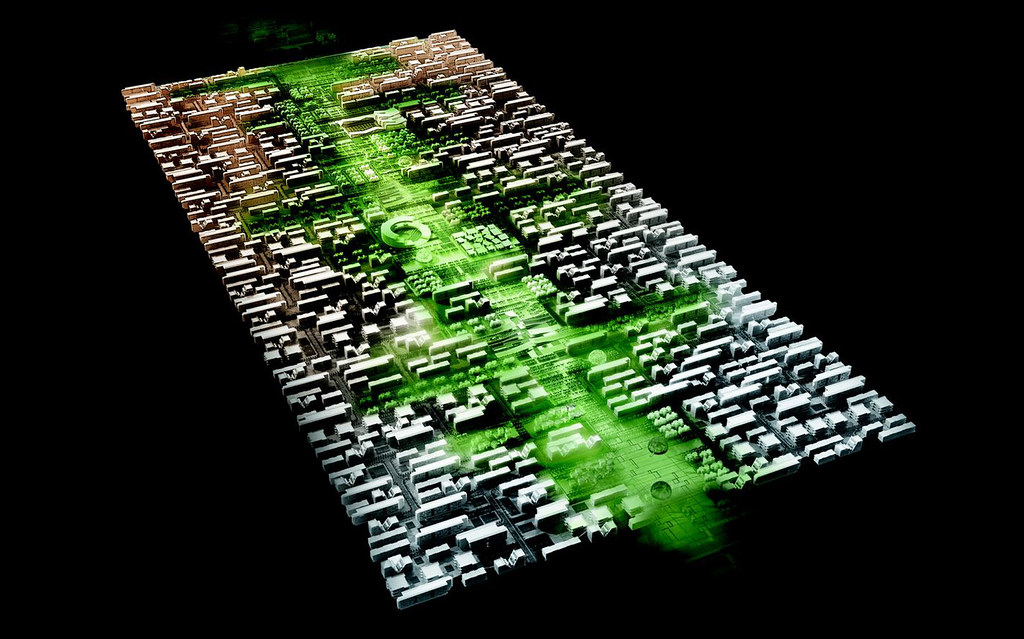
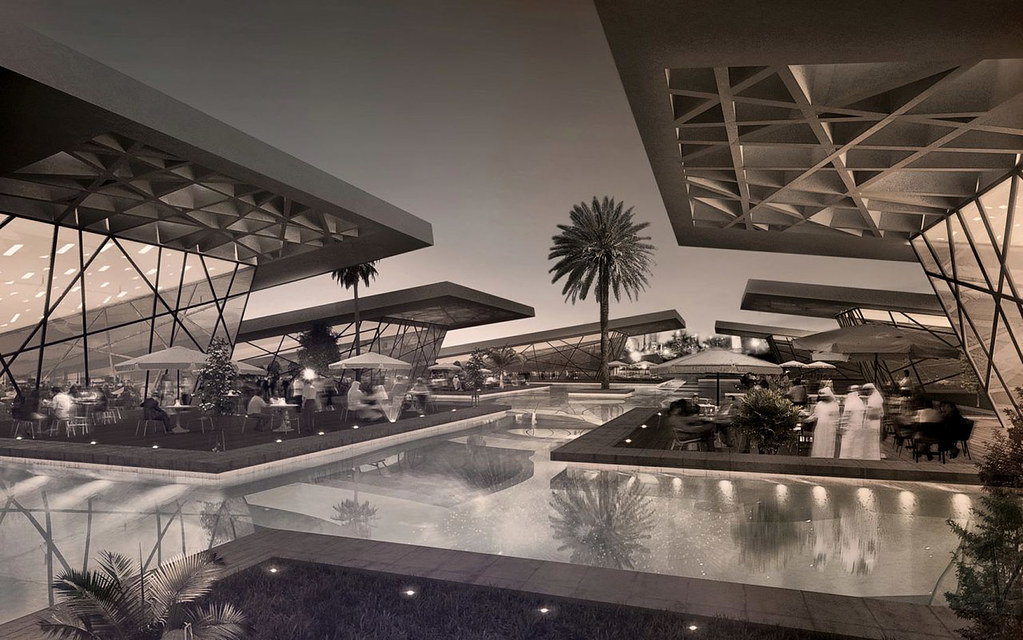
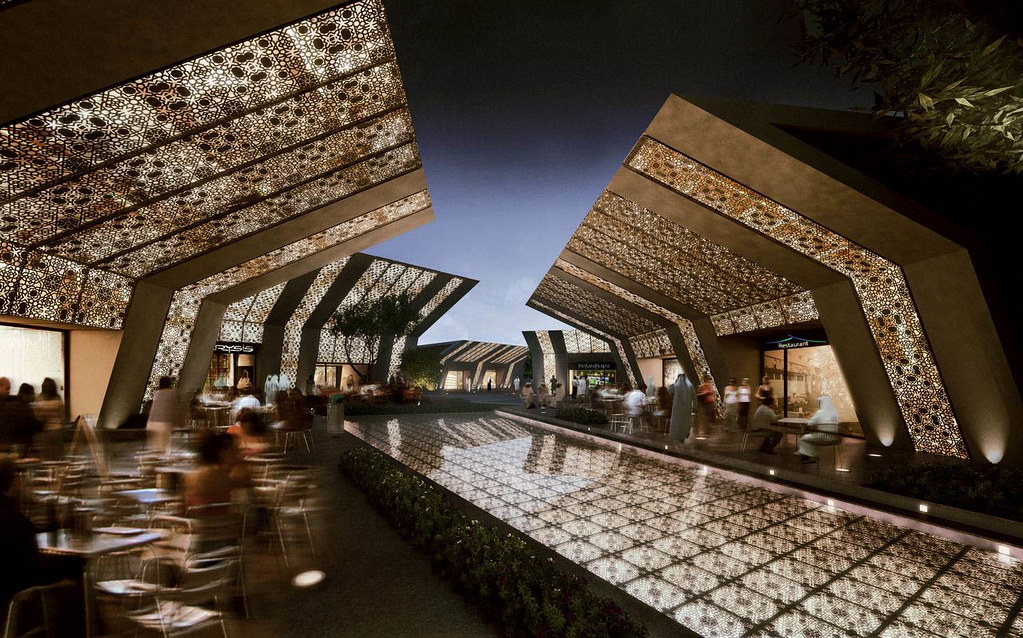
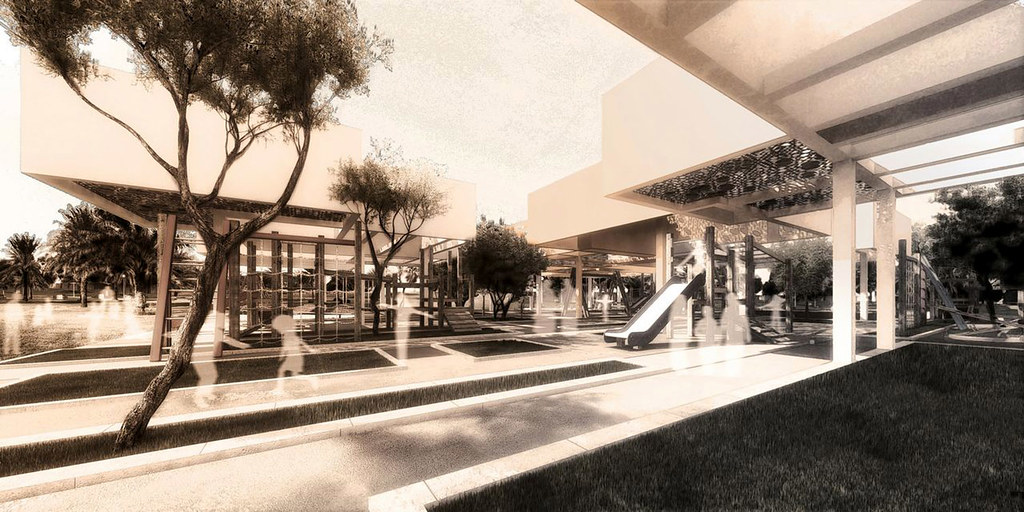
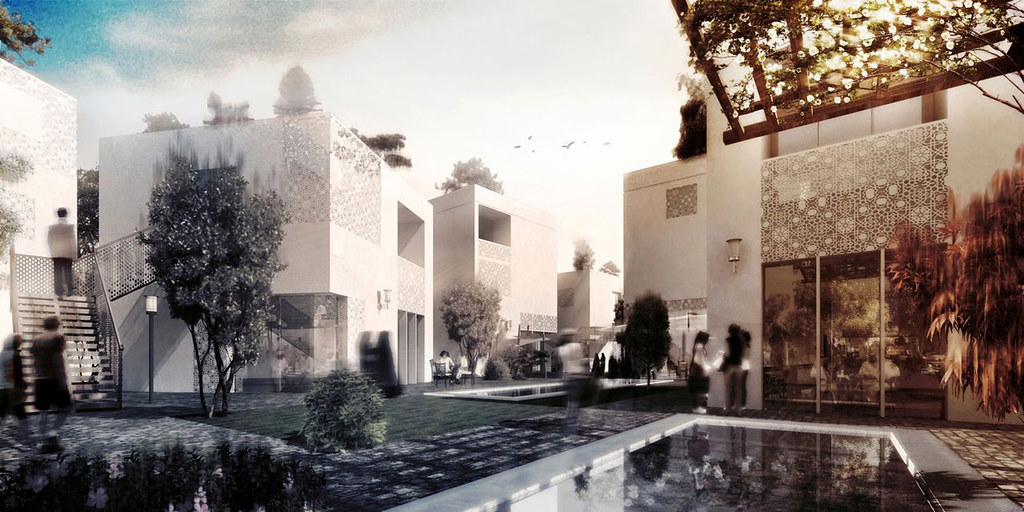
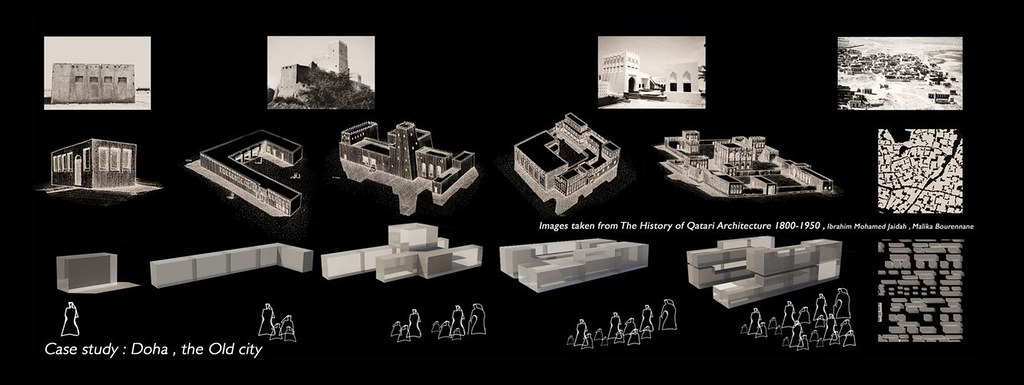
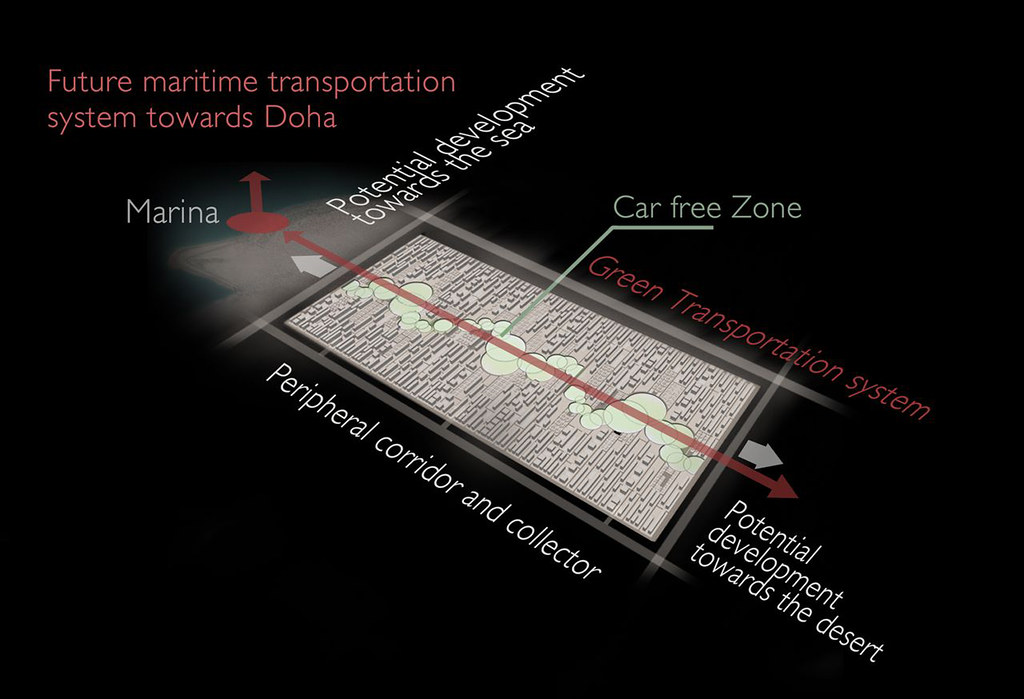

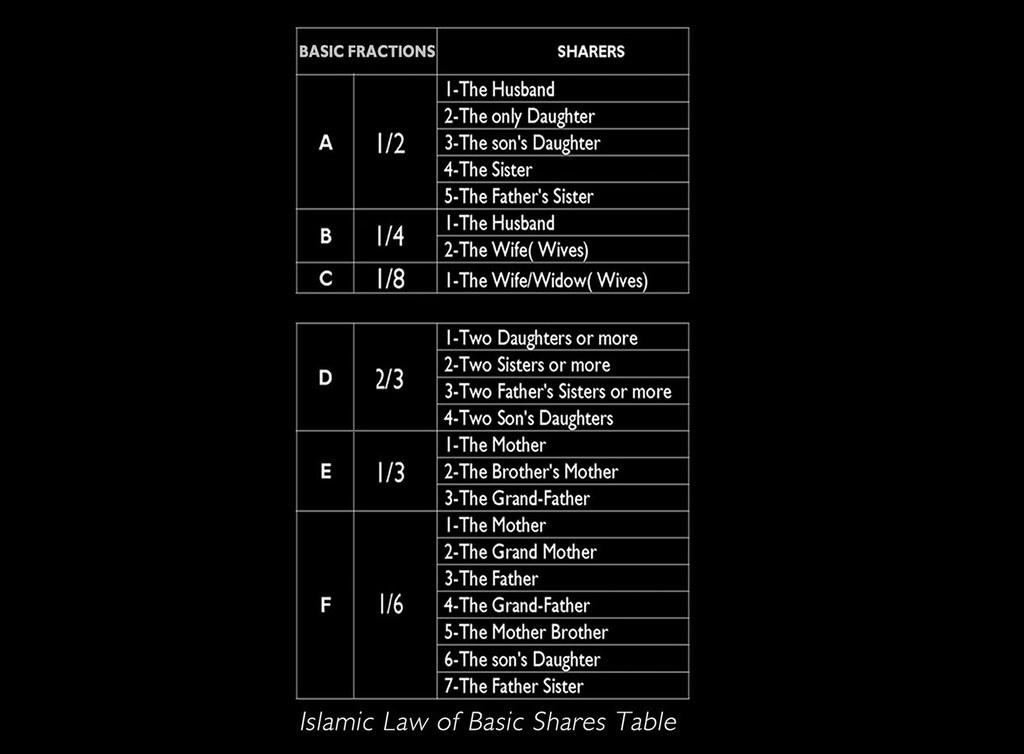
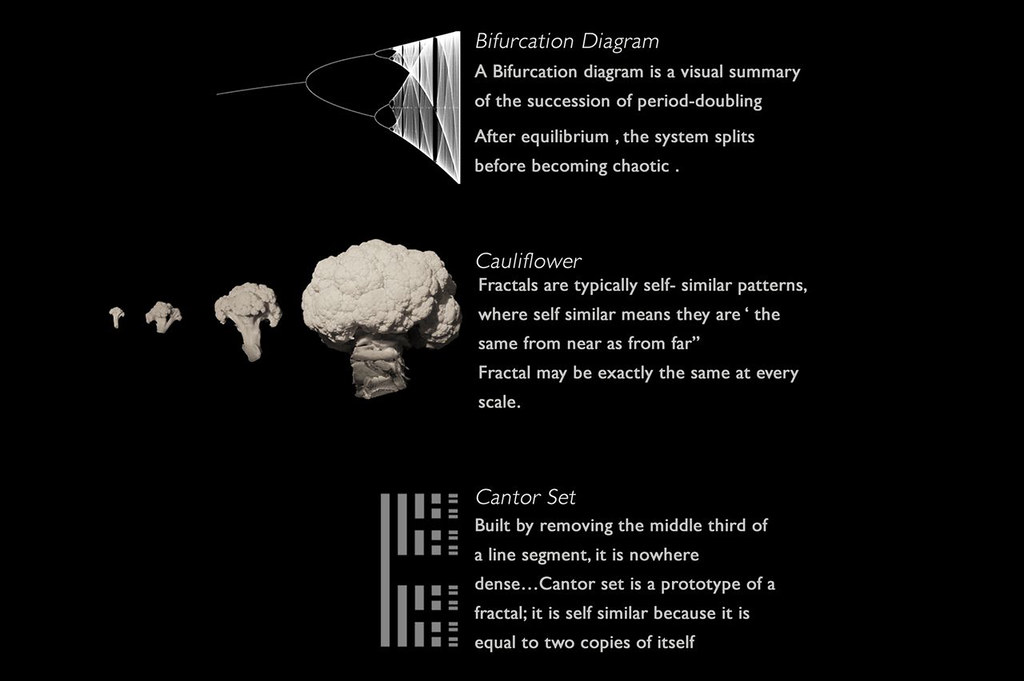
The Valley City - Qatar
Located on a 3 million-sqm plot in the heart of the desert, between the historic cities of Doha and Al Khor the VCQ is envisioned as a modern city designed to attract middle-income Qatari citizens as well as expatriates and their families from all over the world. The city serves both a need for a growing demand and as an example of innovative strategies in sustainable planning, architecture and low impact design in the fragile desert
environment in which it lays.
Historical and socio-economical guidelines
Housing issues surfaced in Qatar mainly with the 2002 economical boom which led to a huge influx of expatriate workforce and a massive population growth. Available accommodation solutions were limited to high-priced large
individual houses and a very small number of medium-size apartments located in family-oriented residential buildings. Smaller housing units were almost inexistent. This shortage in affordable small-size rental accommodation created an important problem for both expatriates with limited income who aimed at saving fair amounts of money, and young
middle-income Qatari nationals seeking to live in a modern lifestyle.
The VCQ aims to cater for this growing population by focusing on low-cost construction and modern planning and housing solutions that provide an environment where work, leisure and residence are strongly bound.
Vernacular Architecture and Chaos Theory
The development of Qatari vernacular architecture started with monocellular housing structures that responded over time to the growth of families and their related interests and, as such, grew in a progressive but unstructured manner as the relationships grew and changed. The house, adjoined to other neighboring houses thus created an agglomeration, that when repeated, formed the City.
In appearance, the plan of these traditional Qatari cities looks irregular and chaotic, similarly to most Arab cities, as one can observe irregularity in their geometry and urban fabric, with absence of straight lines, tight development with narrow alleyways separating the residential units, chaotically interconnecting buildings and encroachments on public spaces.
However, this chaos becomes more structured once one enters the city in depth and reaches the basic units, the mono-cellular houses. A phenomenon recalling the Bifurcation Diagram in Chaos Theory.
Analysis shows that this chaotic urban morphology is the result of the Islamic laws of succession and their mechanisms of subdivision. Properties were subdivided according to a refined and elaborate system of shares prescribed by Islamic jurists. Most property was subject to successive subdivisions until minimum but functional parts were arrived at: the basic ‘workable’ nucleus unit, the one room space. Successive iterations of subdivision over the course of decades gave a fractal character to the cities and thus became the main source of their complexity and chaos. When taken over a long period of time span – time of development of a city –, this initial simple function consequently produces at later stages a complex morphology as is know in Chaos Theory.
Rooted in the traditional Qatari architecture from which it retrieves its architectural guidelines, and developed using Chaos Theory as foundation and mathematical tool, the VCQ tries to recapture the simplicity of the original local urban fabric by working with a system that creates a series of well defined spaces or “urban fingers” running parallel to each other and creating maximum interface between public and private spaces by maximizing their line of exposure. These fingers all connect to a common open space, a green heart that runs the length of the project and that finds its way between the residential fingers and into ones home. It creates a strong sense of place for the community and allows for a healthy and climate friendly pedestrian realm, an oasis for the community.
The VCQ’s architecture is one that recounts the idea of agglomeration by creating blocks that come together and provide a variety of unit sizes, shapes and relationships. While their layout, at first, seems to be more structured than that of the traditional city, their repetition and the way they come together highlights the idea of a strongly bound community sharing public and private open spaces and a circulation network that crosses the
units at different levels.
Growth and expansion are important concepts for the city, and the urban plan of the VCQ allows for a simple expansion with equal opportunities towards the desert and towards the sea thus maximizing the possibilities of
growth. One possibility of growth of the VCQ is towards the sea, allowing for the creation of a marina and a commercial harbor. A water transport service could also be envisioned from the VCQ harbor to the center of Doha and
eventually to Doha airport. The VCQ harbor would then be linked to the proposed public transport lanes that serve the different neighborhoods within the city.
Sustainable and green architecture
Traditionally, most Qatari cities were located directly on the coastline as they were pearl-fishing and trading centers, before the industry of oil and gas took over the country’s economy in the 1940s. The situation of the urban settlements next to the sea, capturing the prevailing winds and sea breezes, ensured a cooler weather and allowed the citizens to live in harmony with nature.This same concept of capturing wind plays an important role in the planning of the VCQ, as the uninterrupted flow in the parallel urban fingers allows for the guidance and strengthening of cool winds into the city fabric. The proposed urban grid is built perpendicular to the hot desert wind trajectory, allowing the wind to hit the city and initiate a circulating movement throughout the urban structure in a sequence of chaotic curves: the
Heighway dragon curve. The path generated by the wind turbulences leads to the development of a linear city with a green valley crossing it. As the catalytic core of the city, the long open space and valley area incorporates all vital public spaces of the city, ranging from central piazzas with street greenery, leisure and culture areas, sports facilities, commercial zones, open-air markets, green parks as well as public transportation stations. It helps create a healthy open space that is set within walking distance from all the residential neighborhoods with extensive car-free
shaded pedestrian areas creating a socially integrated lifestyle throughout the hot and cold seasons. The emphasis on the great public space not only gives a sense of place to the city but also helps raise both the economic and
environmental value of the whole development site.
Established with sustainable and green standards, the VCQ master plan maximizes the use of the natural elements such as wind, water and sun as well as offers all the benefits of an energy saving city throughout its design and building material: narrow roads providing shading and lessening the effect of hot daytime sun; shaded and living roofs protecting buildings from direct sun; strategically oriented streets and public spaces; maximum usage of windows for fresh air, heavy reliance on solar panels, etc. Xeriscapes and low water consumption landscapes shall beautify the city while the ease of pedestrian circulation and usage shall make sure its inhabitants bring it to life.With plans for 20,000 low-cost residential units, the VCQ is designed to be within the means of the general public and is set to become the homeland of more than 60,000 middle-income Qatari and expatriate inhabitants.
The Valley City – Qatar has won the “Masterplanning Award” at the
2013 MIPIM Architectural Review Future Project Awards.
Since 2009. Copyright © 2023 Milimetdesign. All rights reserved. Contact: milimetdesign@milimet.com


